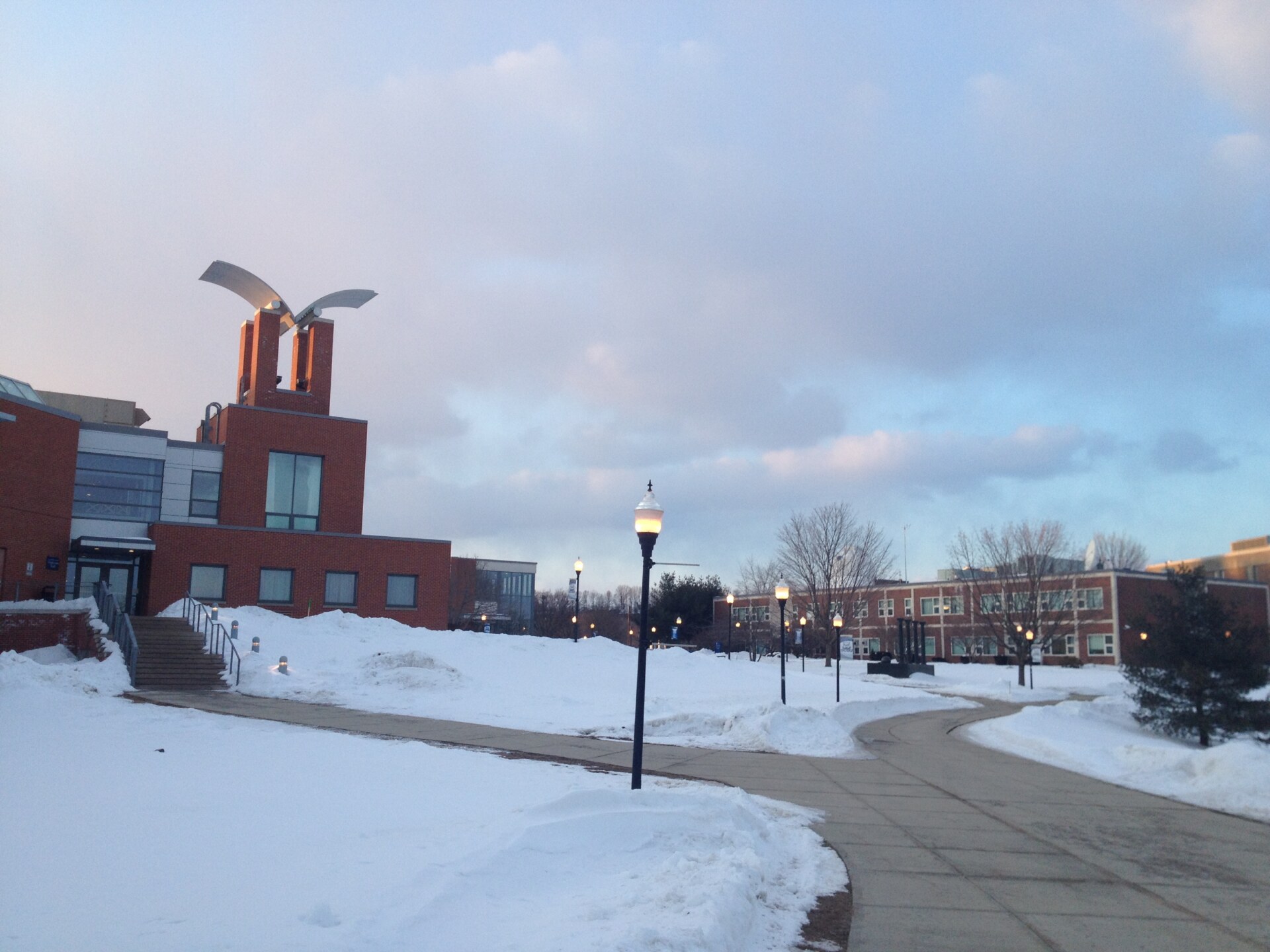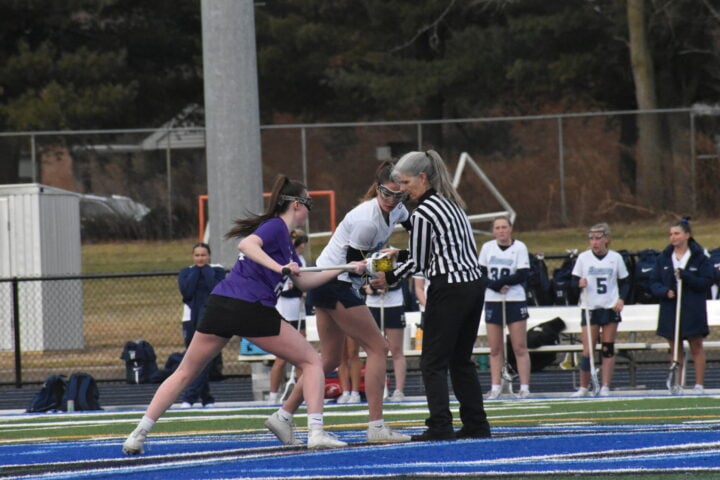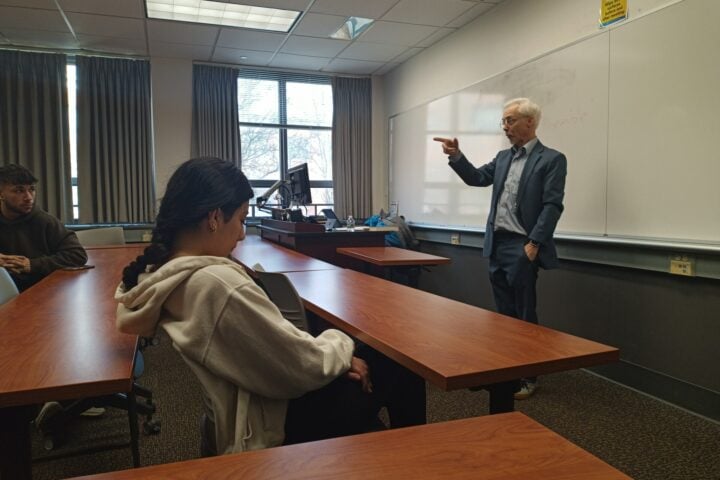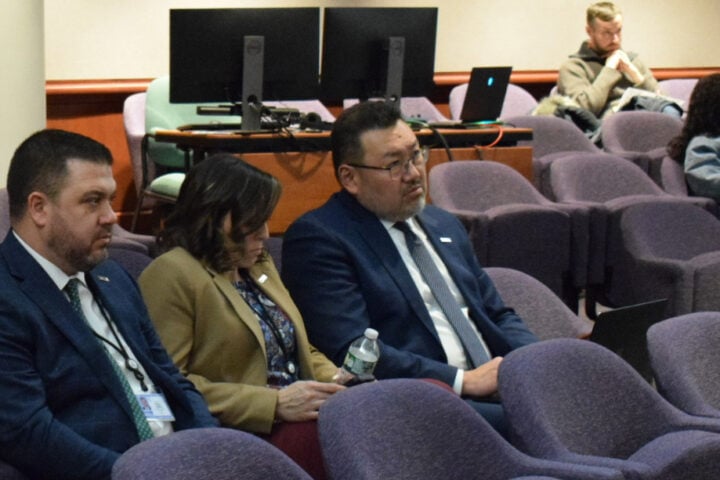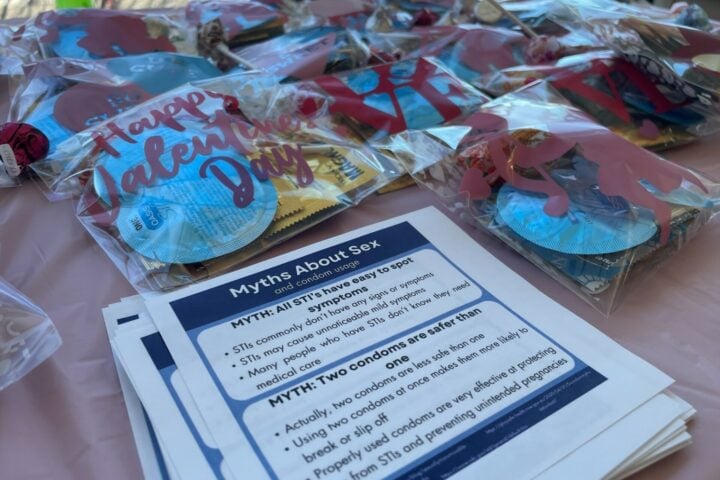Jossinet Ramos Vera – Special to the Southern News
When it comes to weather, Mother Nature can be quite fickle. We can get snow when we’re expecting rain, just like we can start the day off by wearing a ton of layers and end it with just jeans and a t-shirt. Even though it can be highly unpredictable, we still need to know what the weather will be like on any given day.
Numerical Weather Prediction, or weather models as they are more commonly known, are used to predict what the forecast will be in a specific range of days. The Numerical Weather Prediction takes observations from the current weather. It then processes it through computer models and with the information that it gathers, it is able to forecast the future state of the weather.
Although there are various models, the main American model is the GFS, or Global Forecast System, there is also the North American Mesoscale Forecast System and the European model, which is known to be better at winter weather forecasting. But with so many different models, how do we know which ones are more precise?
“They all start out as correct,” said Meteorology Professor James Boyle. “They are based off of temperature and moisture readings taken from all over the globe and physical, mathematical equations.”
Not surprisingly that all changes eventually.
“Once you start to take this information and project it out into a forecast is where you can start getting discrepancies in the models. Similar to the butterfly effect where one drastic change can alter the future, the same happens in the weather models,” said Boyle.
If you think just reading about weather models is complicated, think of how much harder it would be for someone with no knowledge or training to predict what the weather will be like. That’s where the weather forecasters and meteorologist step in. They make it easier for all of us and figure it all out so that we don’t have to. But sometimes even they have a hard time.
Sam Kantrow has a Bachelor of Science degree in Operational Meteorology and Weathercasting, he is also an on air meteorologist for WTNH and he admits that predicting the weather is not exactly a breeze.
“Certain weather situations, winter time and summer time especially, it can be very difficult. I can spend the whole day looking at stuff and still not be able to see everything I need to see,” he said.
Of course, it doesn’t exactly take him all day to come up with the forecast.
“In an average day it’s probably between an hour and two hours to look at everything and sort of get a good baseline with what the forecast in going to be,” said Kantrow.
More than often the public relies on the TV weatherman to get the information they need and when this information turns out to be inaccurate, it is the weatherman who takes the blame. But just like everyone else, they too have to deal with the repercussions of an inaccurate forecast.
“I get it, I understand it’s frustrating. I’m from here too, so if I make a mistake I’m suffering the consequences just like everybody else is,” he said.
The weather is not something anyone can change. Whether it is the freezing cold, or the sweltering heat, everyone will have to deal with unpleasant weather at some point. There is no use in fighting it and it is certainly not fair to blame the weather guy.
The best option is simply to deal with it. So bundle up, rock those layers and start marking the days off on the calendar because spring is only a few weeks away.
Photo Credit: Monica Zielinski
